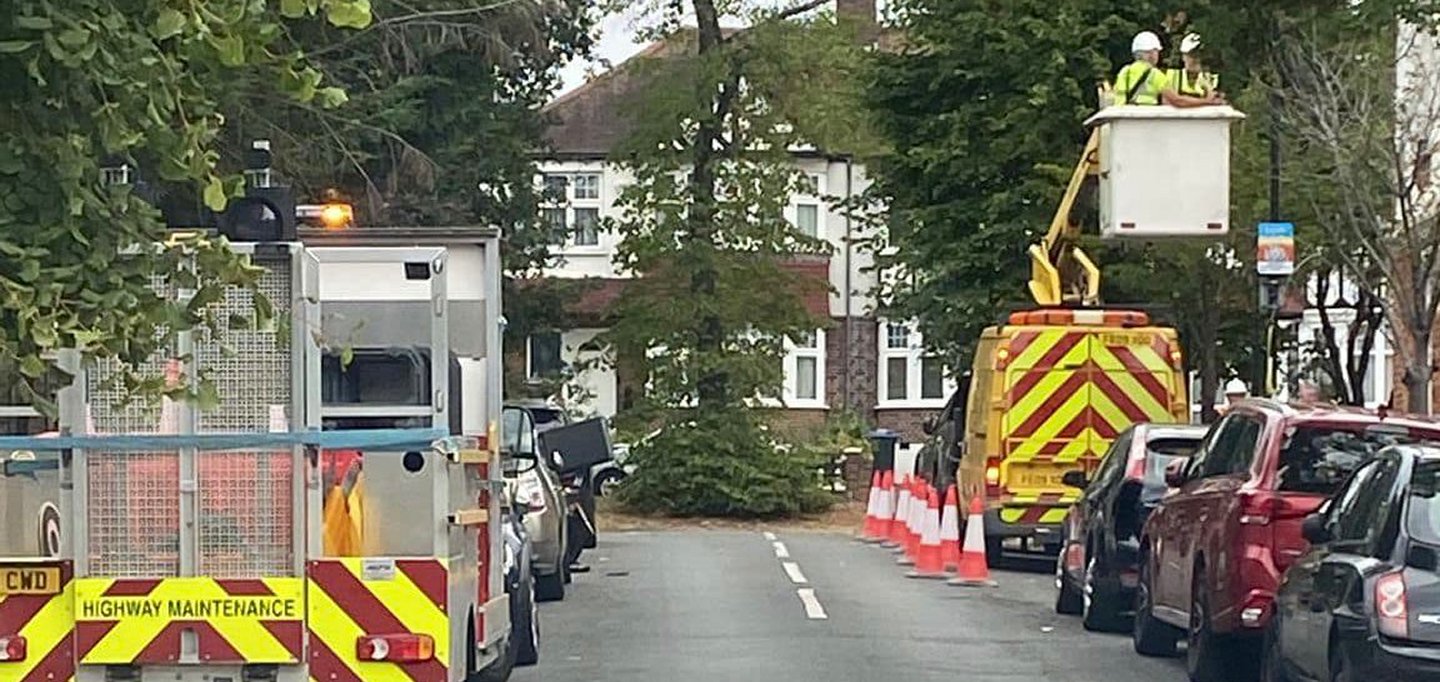Richard Howard responds to our questions about "LTNs"
In the run up to the Mayoral Election on Thursday 5th May, we've been speaking to the candidates specifically about their views on the "LTN" schemes in Crystal Palace and South Norwood. We put the same questions to all of them.
Below are the responses from Richard Howard, Liberal Democrats.
1) As a candidate, what do you understand about the impact of the LTNs on residents and businesses, for example, have you spoken to people or experienced difficulties first hand?
I, and many other Liberal Democrat activists, have spoken to numerous residents who have expressed strong feelings about the LTNs on both sides of the argument. Whilst it is clear that there is support for ways to improve air quality and reduce traffic in residential areas, it is equally clear that the current schemes are having a huge impact on the lives and livelihoods of residents and businesses in the areas affected. What is not clear is whether these schemes are actually achieving their stated objectives or if there is a net benefit to people's lives. In fact, the balance of opinion would seem to suggest that this is not the case. Unfortunately, this has created a huge amount of division in our communities, but it does not have to be like this. It is entirely possible to achieve a consensual approach on this.
2) Are you in favour of the LTNs (CHNs) in your area, most specifically the proposed ANPR schemes? Mayoral candidates are asked to consider all schemes.
I am broadly supportive of initiatives that aim to improve air quality, calm traffic and promote safer cycling and walking. However, the current schemes have been introduced too hastily and without the necessary buy-in from the local communities or evidence base to demonstrate that they actually work. ANPR provides advantages over closing the roads altogether as they will allow emergency vehicles and other exempted vehicles to pass through. However, wherever ANPR is used there must be clear and obvious signage. The aim of ANPR should never be to catch people out, but to allow for greater flexibility.
3) Do you agree that the LTNs should be removed until Croydon Council has established evidence of a location specific need for change through monitoring, in line with industry best practice?
Yes, I do not believe that the existing schemes have been introduced with the requisite amount of consultation or evidence basis for their efficacy. My intention would be to remove the existing schemes and start again. Any proposal to introduce an LTN would have to be subject to both a broad public consultation and a strong evidence base.
4) If a need for traffic calming measures is identified do you agree that a range of possible solutions, not limited to LTNs, that proportionately meet the need should be put forward for consideration by the community
Yes, there needs to be a broad range of possible solutions identified to achieve the aims of traffic calming and improved air quality. This should not be limited to just LTNs and the appropriate solution should be chosen on its ability to meet those objectives in a proportionate manner. Those best placed to determine that proportionality are the communities that will be affected themselves.
5) Croydon Council disregarded the 62% of residents who rejected the ANPR proposal for the Auckland Rd LTN, the 70% who rejected the proposals for Holmesdale Road and the 72% who rejected the proposals for Albert Road. Do you think the results of consultations should be honoured as part of a democratic process and to take public opinion with you?
I absolutely believe that public consultations are part of the democratic process. This does not just apply to LTNs, but to any policy or scheme that has an impact on people's lives. Where there is such strength of feeling as demonstrated above, it is a message that the Council should think again and make a better effort to bring people along with them. However, they are not the entire process and the views of those who are supportive must also be taken into account.
6) Built into the design of the Auckland Road LTN, traffic was forced to divert through the narrow and winding streets in Bromley north on the borders of the Croydon LTN (Belvedere Road, Cintra Park, Patterson Road and Milestone Road). 99.3% of the residents of those streets who took part in the consultation wanted the LTN removed. What is your view on this?
LTNs that simply displace the problem onto other nearby streets are a failure. This is an example of where Croydon Council completely disregarded not only local residents, but logic itself. In areas close to other local authorities, we must work collaboratively with them. If not, you are just setting yourself up for failure from the outset. We cannot allow this to happen again.
7) In light of Croydon's bankruptcy and the fact these punitive schemes are intended to be revenue generating in times of a severe cost of living squeeze, what other alternatives would you propose to assist economic recovery in Croydon?
If an LTN is generating large amounts of revenue, then it is demonstrably failing to achieve its stated objectives. Any scheme that aims to change behaviour by means of charges or penalties can only either generate revenue, or change behaviour. It cannot do both. These schemes should be introduced only to deliver the environmental and health benefits, not to generate revenue for the Council. In fact, it is morally wrong to try and generate revenue under this guise. Therefore as Mayor, any scheme would be designed to be cost neutral. There are many ways for Croydon to repair its finances attempting to do so by means of schemes like these would not be one of those ways under my Mayoralty.





